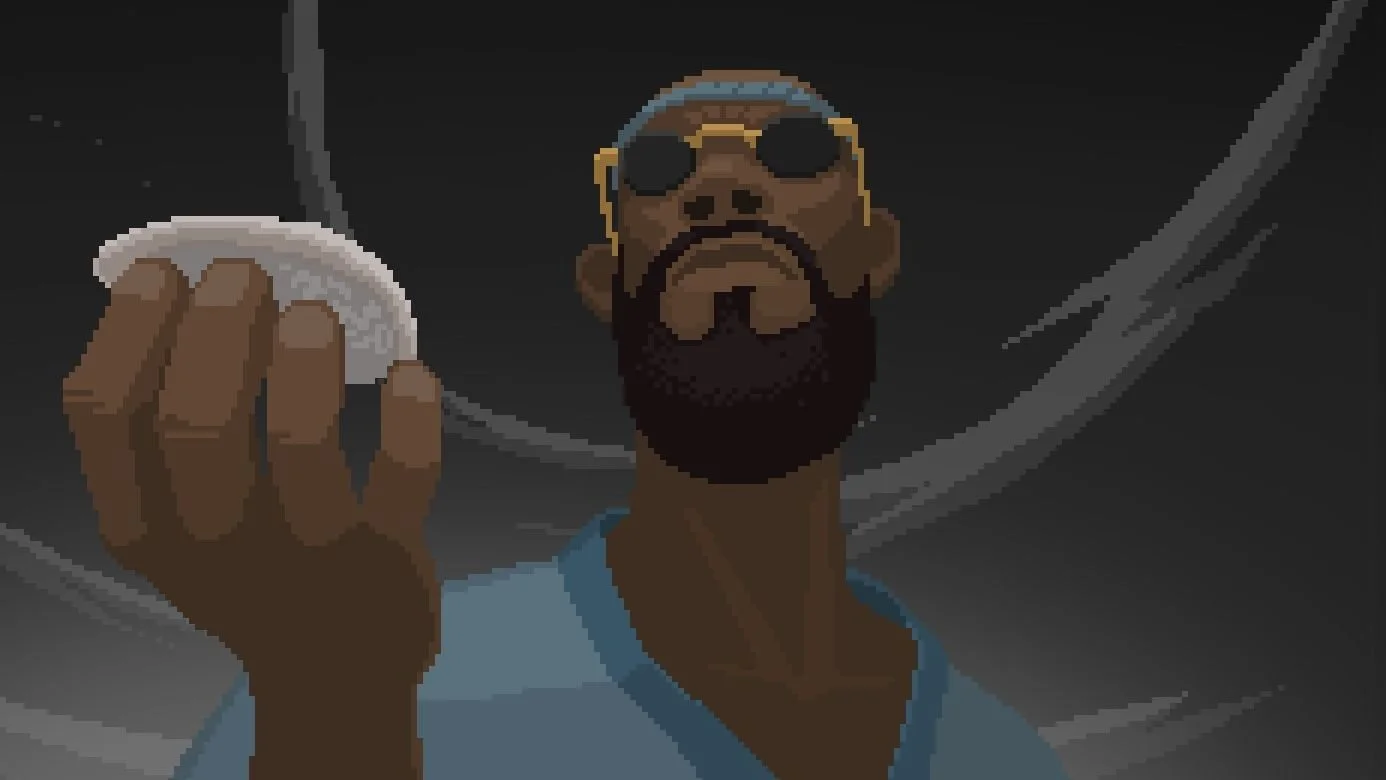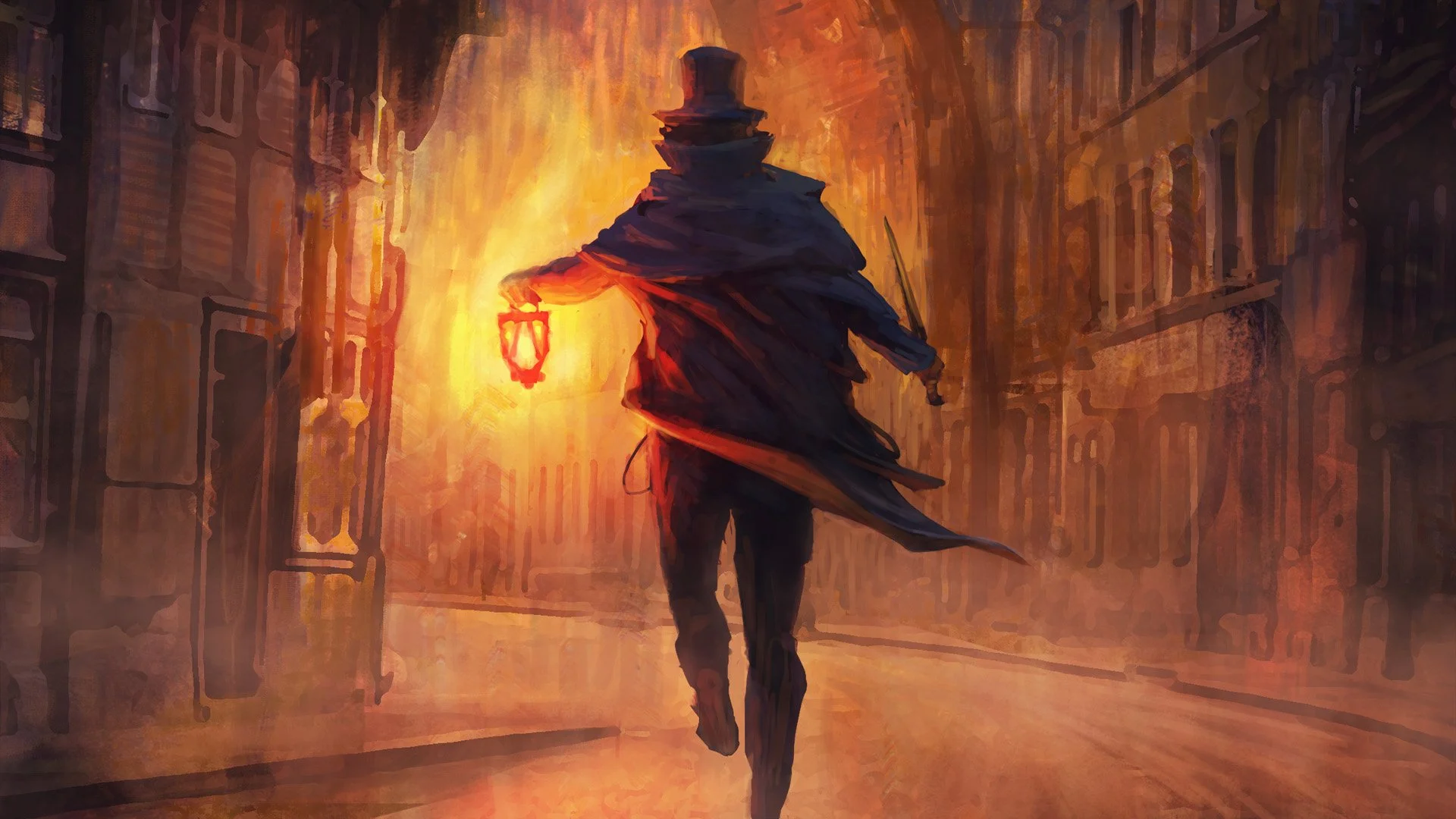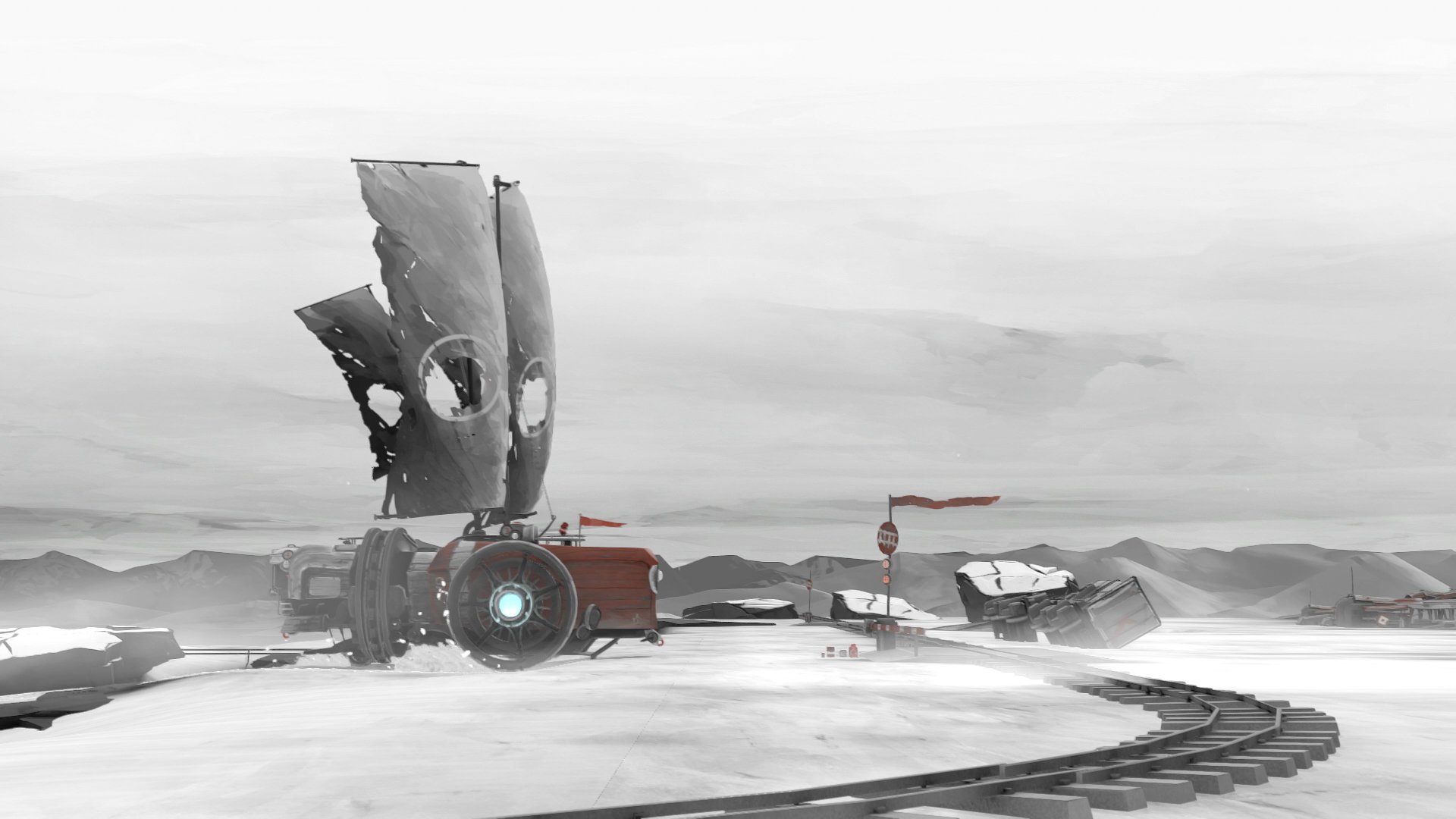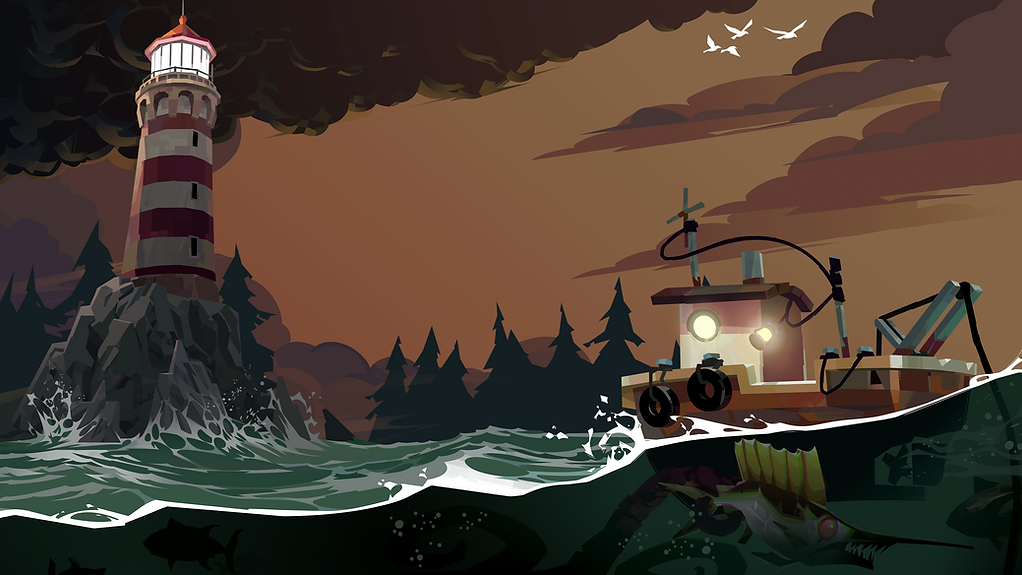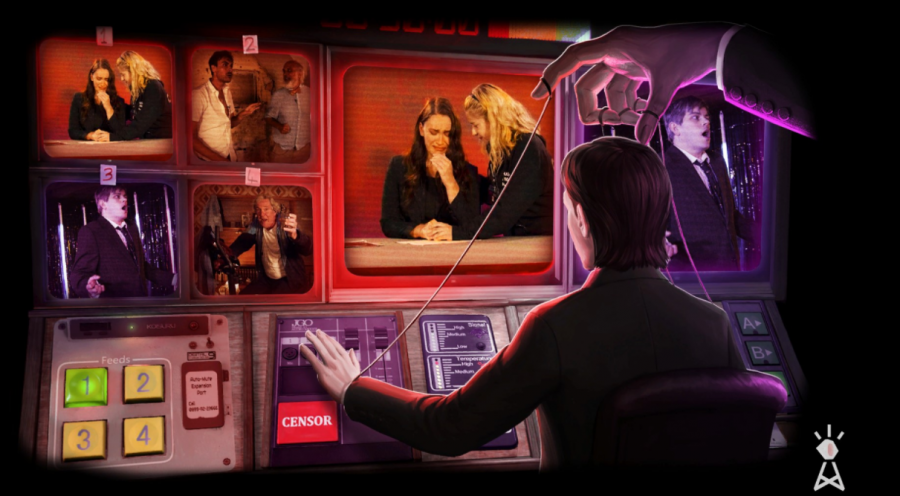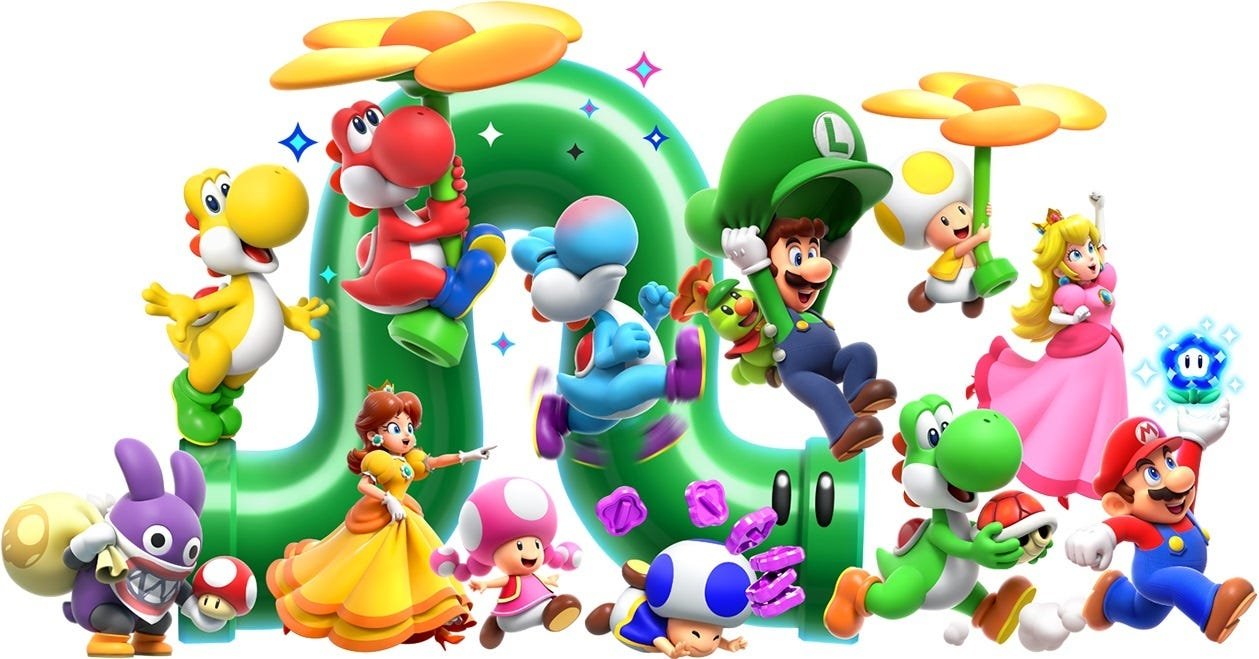My favorite games of 2023.
It was a bit of a backlog year for me— not because there weren’t enough great games released in 2023 to keep me busy, that sure wasn’t the case. I think it was more a question of focus and scale. I skipped some of the best and biggest games of the year because they were so big: as great as I know Tears of the Kingdom and Baldur’s Gate 3 are, I shied away from diving into anything boasting 300+ hours of playtime. Considering I’m deep into making my own game, and helping raise a rambunctious 4-year-old, I opted to spend my available gaming time on a wider variety of relatively smaller experiences— many of which were inspiring for their very smallness and personal identity. It’s unsurprising that I’m drawn to games these days that clearly express the unique mindset of an individual, idiosyncratic creator; I hope that what I’m building now will similarly speak to people in such a direct and personal way.
In the meantime, here’s what I played in 2023* that most moved me, impressed me, or just kept me coming back. Thanks to everyone who put their heart and soul into making these games.
*much of which wasn’t released in 2023, but that’s a backlog year for yaBetrayal at Club Low
A number of developers have attempted the vaunted “one city block” game, famously described by Warren Spector a couple of decades ago, but perhaps none has been as successful as last year’s Betrayal at Club Low. It’s small, it’s lo-fi, it’s completely strange— and it completely successfully expresses the “immersive sim” ethos through completely unexpected means: not first-person skulking but a bird’s-eye view; not weapons and powers but dice-rolls nudged and tilted by the player’s choices; not a cyber agent or a steampunk assassin but a pizza delivery secret agent tasked with infiltrating a nightclub any way they know how— and inevitably that will involve the power of crust, sauce, cheese, and dance.
Betrayal at Club Low is a compact game featuring an explosion of possible player paths, which makes replaying and experimenting less daunting and more rewarding than it would be in a much larger title. Its one-of-a-kind off-kilter sensibility manages to create its own internally consistent world, one where adding extra basil to your pie will obviously give you the edge you need to get the dancefloor crowd on your side, granting you access to the DJ booth that holds your next objective. It’s a thoughtful, singular, surprising, hilarious, and fully-realized game that won the Seumas McNally Grand Prize at the IGF for very good reason.
MyHouse.wad
I’ve sung the praises of My House in the Fullbright Newsletter already, but suffice it to say, one of my favorite— if not very favorite— game experiences I had in 2023 was a free user-made map for 1993’s Doom II. It really bears avoiding all spoilers before you experience it for yourself, if you can: just follow the link (don’t read past the first few posts), download GZDoom, apply Doom2.wad, and play. My House is a trip down the rabbit hole, one that seemingly the further you go, the less there’s any end in sight.
Dave the Diver
Can a game be every game? According to Dave the Diver, yes it can. The core pitch is compelling on its own— by day, scuba dive to catch rare fish in the ocean depths; by night, run a sushi restaurant and serve those fish to your customers— but once you get playing, you find that Dave the Diver, incredibly, seems to quite literally have it all. Side-scrolling procedurally-generated fish hunting action and restaurant management sim, sure— but also equipment and ability upgrades. Crafting. Farming. Rhythm games. Every flavor of QTE. Photo challenges. Stealth missions. Visual novel sequences. Massive bossfights. (Sea)horse racing! Quests and side-quests . Bullet Hell! By the end I was honestly more surprised there hadn’t been an FPS level than if there had been one.
But on top of all its jaw-dropping design maximalism, it’s just a darn good, entertaining, well-made game, unmistakably full of heart. Once you dive in, Dave the Diver’s massive popularity comes as no surprise. There’s more beneath the surface than you’d imagine.
Gloomwood
Co-developed by the creator of Dusk, Iron Lung and Chop Goblins (the latter two of which were on my GOTY list last year), Gloomwood is clearly a game by people who love Thief: The Dark Project, for people who love Thief: The Dark Project, but polished up and reimagined to bring it lovingly into the modern day. Along with sporting an in-world version of Thief’s light gem (thank god,), it’s definitely got a healthy dash of Dishonored in there, and a knowingly retro-modern indie sensibility that gives it an identity all its own. If you love a game where your first instinct upon entering a new room is to crouch in the darkest corner you can find and listen for the tapping of a guard’s approaching footsteps, preferably while there are no more than a few hundred polygons onscreen at most— Gloomwood is the game for you.
FAR: Lone Sails
Most games I can think of that might readily be described as “meditative” tend to have more of a systemic focus— solving low-pressure puzzles, nurturing a garden or tending a town. But the moments that stuck with me most from FAR: Lone Sails, a linear, atmospheric narrative game, had a distinctly meditative feel, as you and your trusty vehicle trundle slowly across a calm, expansive plain, the camera pulling back so far that the movement from left to right is hardly perceptible, and the entire screen takes on the feeling of a washy landscape painting. The game is small, short, and quiet— completely wordless, in fact— but in those moments of meditative tranquility, it feels big as the horizon.
Tunic
I skipped Tunic, originally— doing a Link to the Past as a little fox wasn’t something I felt the need to jump on right away. But earlier this year someone was telling me about the game, and about how it centers on discovering secrets in a lovingly-crafted NES-era game manual that you assemble page-by-page as you explore— and immediately, I was in. And let me tell you, the manual does NOT disappoint. The illustrations are spot on, it’s inscribed with ballpoint pen notes here and there from the prior owner, and you can zoom in far enough to see the Ben-Day dots in the printing! 😙🤌
Tunic is a game about love. Love for the games it’s in debt to, sure— which include not just Link to the Past, but Dark Souls and The Witness, among others— but love of the playing of these kinds of games in general, love of the sense of discovery and wonder that comes with them, love of the moments as a child when you were playing these otherworldly pixelated things that existed on the other side of your TV screen, cross-legged on the living room floor, scouring every page of the game booklet and the relevant issue of Nintendo Power, trying to unlock their secrets any way you could think of, your mom doing needlepoint on the couch with a cup of tea, incandescent lamplight filling the evening with a sense of warmth and comfort… Tunic is about everything about being that kid playing Nintendo, and being the adult, now, who used to be that kid, and all the space and time and bittersweetness in between. Tunic is beautiful.
Dredge
Well, somebody had a good idea. You know how in Lovecraft stories there’s like, decrepit coastal fishing towns that have been corrupted by the old gods? With ancient creatures emerging from the depths, and scaly fish people creeping amongst the wharves and pilings? And you know how fishing games are a thing? Alright, get this: a fishing game, but Lovecraft! And by god, it works!
Dredge is clever, satisfying, and exceptionally well-made— and, perhaps unexpectedly for a fishing game, it has quite a well-wrought story that arrives at a dramatic, satisfying conclusion. I guess, along with Dave the Diver, Dredge is the second fishing-but-not-just-fishing game on this list. The year was 2023, weird, unexpected indie fishing games were having their moment, and I couldn’t have been happier.
Not For Broadcast
So, here’s another one I couldn’t have seen coming: TV newscast control room simulator. Not For Broadcast is an FMV game, but one where the full-motion video in question is in fact video in the fiction of the game itself: video on the monitors of the control room you’re put in charge of, as you choose when and what to edit into the nightly news, skewing the public’s opinion of the political upheaval of the day, resulting in far-reaching repercussions that could change the course of history in the nation and the world. At times the game is simply mind-boggling in its myriad branches and their knock-on effects; the sheer volume of unseen content in any single playthrough is staggering. And that’s what gives the game its power: that you feel you really are stumbling through an unpredictable sequence of innumerable possibilities, ending up inhabiting a reality that you most definitely had a hand in creating, but that you nevertheless could have in no way predicted. Surreal, funny, stressful, occasionally terrifying, and utterly, utterly unique.
Quantum Break/Control/El Paso, Elsewhere
I, like many people, it seems, didn’t pay a ton of attention to Quantum Break, the game Remedy released before Control, when it came out in 2016. It was an Xbox One exclusive that incorporated TV show episodes (?) between chapters of the game, and it didn’t seem particularly well received. There was other stuff to play. But late this year I was playing a daily round of Guess the Game, and the title that came up was Quantum Break, and I was like… that actually looks pretty sick. So I bought it in the Steam holiday sale— and you know what? This game rocks! I mean, okay, I’d have to say that the plot really doesn’t make any sense, as time loop plots often tend not to. And since I was playing it on Steam Deck, the TV episodes didn’t play at all for some reason, so I just kind of filled in the gaps on those myself. But the game itself is a lot of good, chunky, straightforward fun, using your time powers to get the drop on enemies and solve environmental puzzles, upgrading your powers and exploring new environments, playing through crazy setpieces like a tanker ship in dry-dock collapsing in on itself as you dive through it while pausing time to keep from being crushed by falling pieces of hull— and, having played it, Control, which felt like it pretty much came out of nowhere at the time, now made total sense. The highly mobile, guns-and-powers gameplay was nearly perfected in Quantum Break, and so could be dropped practically fully-formed into Control, merging with that game’s one-of-a-kind tone and sense of place and strangeness to create something truly next-level. I did play through all of Quantum Break on Steam Deck, which then gave me a hankering to see if I could get Control looking good and running at 60fps on there— which I did, and then, well, I’ve just continued with a full playthrough from there. For me, late 2023 was Remedy throwback time all the time.
Which brings us to El Paso, Elsewhere, a game that is Remedy throwback down to its bones, an indie game that asks the important questions: What if Max Payne were a PS1 game, and had vampires? I really, really love the vibe of the narrative side of the game, the aesthetic of the cutscene visuals, the ethos behind the game being written, directed, and the main character voiced all by one person— it feels very personal, very individualistic, very endearing, very cool. I wish I could love the game part of the game nearly as much as the rest of it— with 50 levels of the samey, basic shooting, it would’ve overstayed its welcome at half its length— but El Paso, Elsewhere is still a game I’m glad I got to play, and that I’m more than happy to support. If there’s one game I wish I could have the experience of playing again for the first time a hundred times over, it’s 30 Flights of Loving— and El Paso, Elsewhere feels like one of those games where, even if it doesn’t approach those same heights, it comes from that same place, and I am so, so grateful to get a glimpse of that place again in whatever form it takes.
Super Mario Bros. Wonder
Mario games have always been about psychedelics, right? Eating amanita mushrooms to change size and gain powers, warping between worlds, encountering strange creatures that float on clouds and flap on wings they shouldn’t have— but with Super Mario Bros. Wonder, I guess Nintendo just went full-on, “the new Mario is all about trippin’ balls!”
In every level there’s a “Wonder Flower” to find that upon touching it, the entire level goes completely off its rocker, warp pipes crawling along the ground like oversized inch worms, koopa troopas sliding up and down invisible ramps every which way, air turning into water so you start swimming where a moment ago you were standing, stampedes of wild buffalo-type creatures creating a living wave you ride on the crest of high into the sky, the player’s legs simply getting verrry loooooonggg— until the effects wear off and you’re back to the “real” world, looking for the source of your next trip.
Here’s another thing I never imagined saying: the new Mario game is most definitely influenced by Dark Souls. If you’re connected to the internet while you play, you’ll see phantoms of other players traversing the level alongside you, just like you glimpse phantoms of other players moving through your world while playing Dark Souls; players can leave little markers anywhere they can stand that other players online can see, allowing players to help each other out asynchronously by leaving wordless pointers as to where invisible platforms and hidden passages are; if you fall in a pit or would otherwise die, you instead turn into a little ghost, and have a few seconds to touch a marker that another player has left behind, or touch another player’s phantom directly, to be returned to life on the spot without having to reset back to a checkpoint. It’s all very Soulsy, in a delightful and unexpected way. In adopting the realtime-but-asynchronous cooperation of the Souls games the new Mario benefits greatly, and proves that the design of all games, no matter how wide the chasm in style, tone, or content, truly is in continuous dialogue with one another.
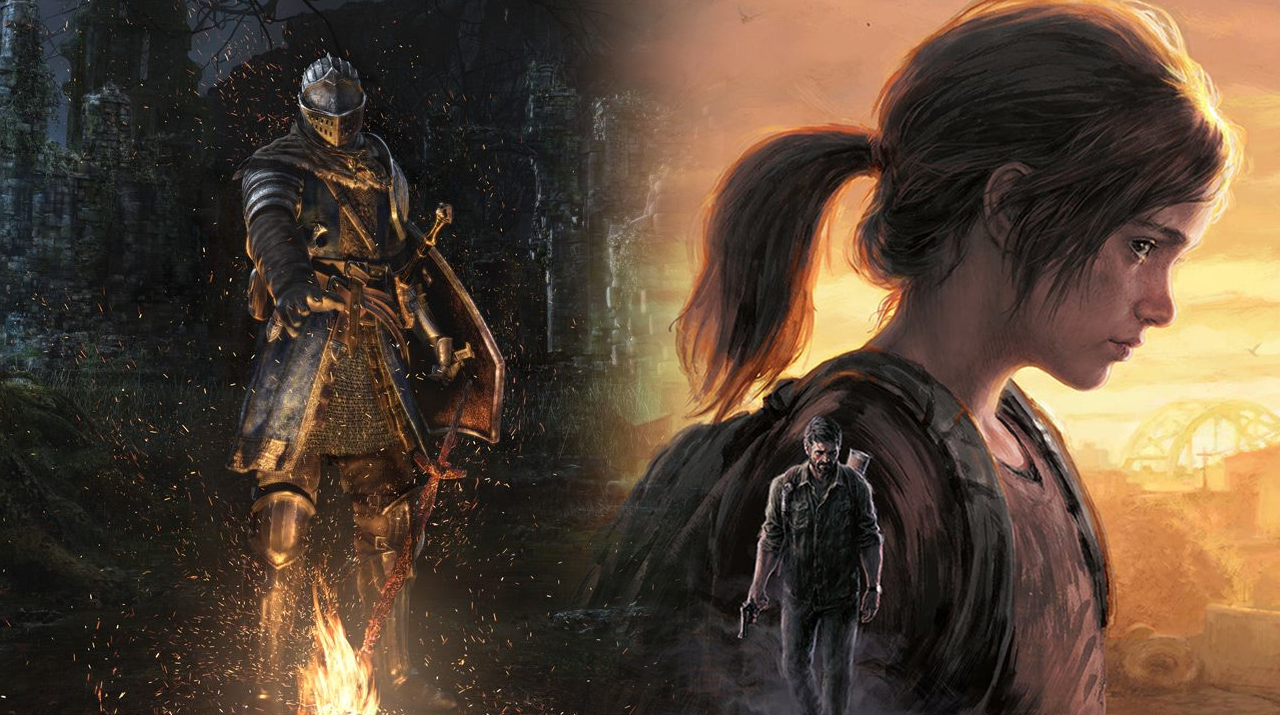
Dark Souls Remastered & The Last of Us Part I
Hey, speak of the devil: Maybe due to 2023 having been the 10th anniversary of Gone Home’s initial release, I spent some time this year having some real 10-years-ago hours, revisiting both Dark Souls and The Last of Us. In fact, I beat Dark Souls for the very first time this year, having made it as far as those goddamn lance archers in Anor Londo during my first playthrough 10+ years ago, and having made it partway through the game multiple times since then in the intervening years— this time around I played the Remastered version on Steam Deck, which made it easier to pick up and play when I had a little time to make some progress, and I think for the first time I didn’t take the Master Key as my starting item, which actually makes the game way easier to find your way through, since you don’t end up opening up a bunch of back entrances and shortcuts before you’re ready for them. I only summoned help for one or two bosses, I only googled where to go next a couple of times— and by god, I finally made it! And truth be told, it was incredibly satisfying to finally finish the game. I’d completed other FromSoft games before this— Bloodborne, Elden Ring, even got to the final boss of Sekiro (which happened right around when my daughter was born, so I never got back to that one…) but beating Dark Souls had its own unique feel of having gone through a rite of passage I’m thankful to no longer have let pass me by.
And then, there’s The Last of Us Part I, the PS5 remake of the first game, which really just gave me such an appreciation for the power of the fundamentals when it comes to a game experience. Yes, The Last of Us has a great script, incredible performance capture, beautiful environments— but so much of the moment-to-moment is stripped back to the basics, just a simple, rock-solid core loop of quietly exploring an environment, finding some useful resources, having a nice, chunky combat encounter, hitting a story beat, and then doing it all over again (with the occasional big-budget setpiece thrown in at regular intervals.) Though Naughty Dog is known first and foremost as a “story” company, what I really appreciate is how much of the time The Last of Us just leaves you alone to play the game at your own pace, explore under your own guidance, and even in story moments how much it focuses on getting in, giving you what you need to know, and getting you back to player control as quickly and genuinely as possible. It’s a game that reminds you that not necessarily doing a lot, but doing it all incredibly well, serves the player far better than an experience with twice as much going on but half as much room to breathe. The Last of Us appreciates the player, and I appreciate it in return.


